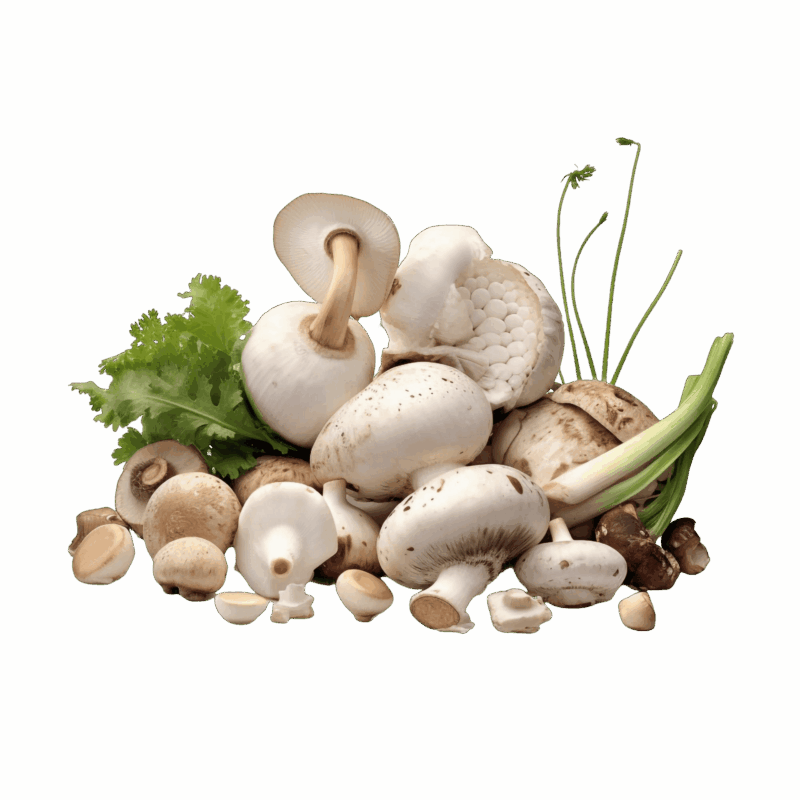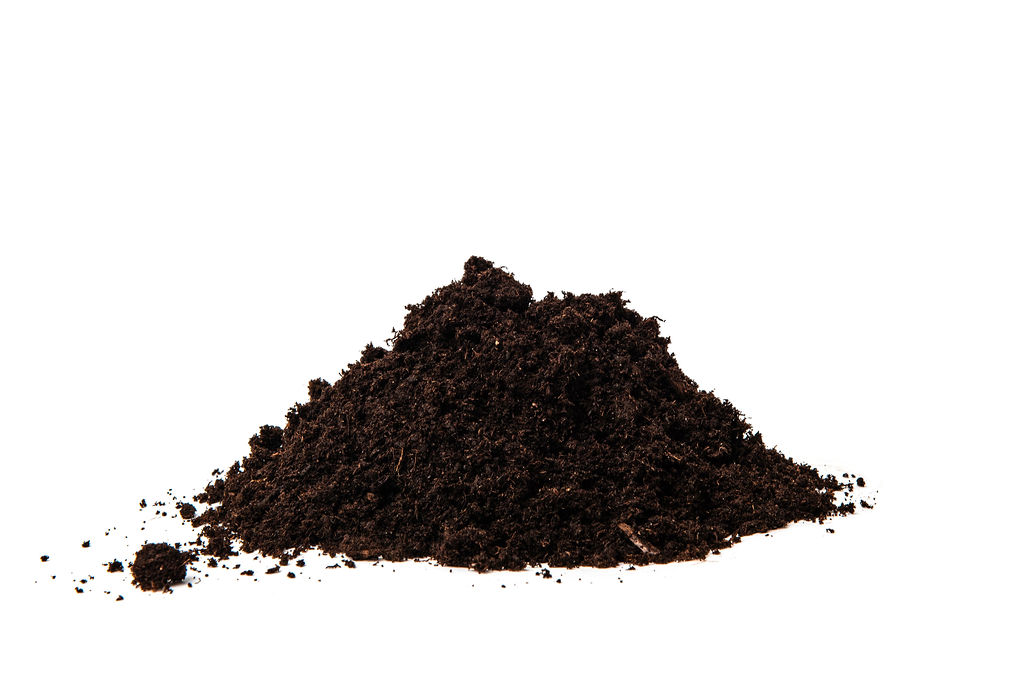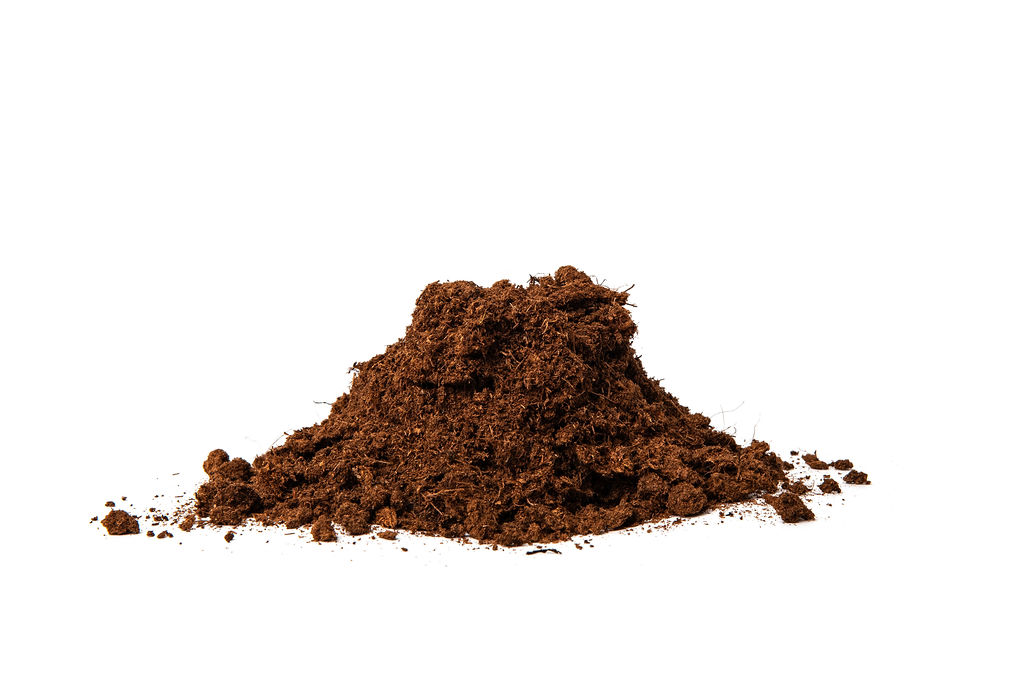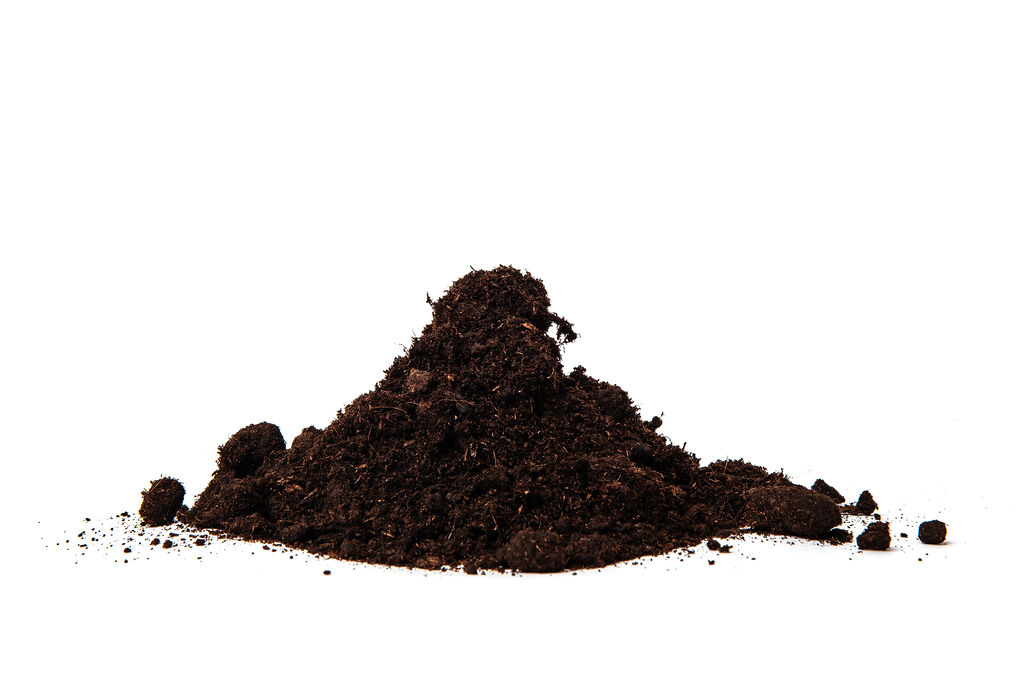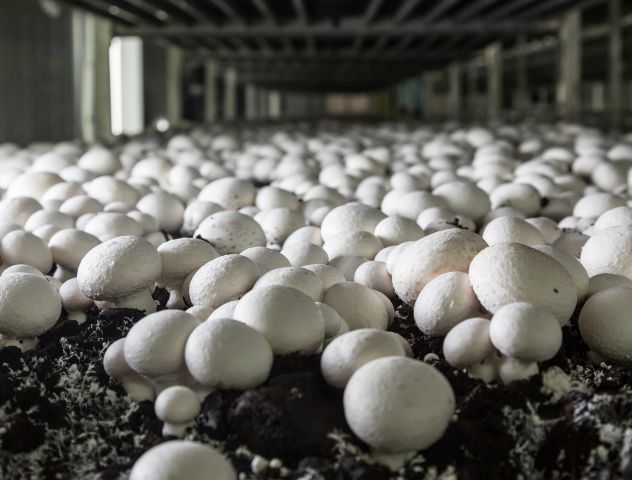
What Makes Fungi Thrive?
Mushrooms are vastly different from plants in how they grow and what they need from their environment. Unlike plants, mushrooms don’t rely on photosynthesis but instead feed on organic material through a process known as saprotrophic nutrition. Because they absorb nutrients from decomposing matter, mushrooms require a substrate rich in organic material and moisture to sustain their growth.
Peat’s ability to hold water while maintaining excellent aeration is critical for mushroom cultivation. Fungi need consistent moisture to grow mycelium, the root-like structures that mushrooms use to absorb nutrients. At the same time, they need air pockets in the substrate to allow oxygen to reach the developing mycelium, promoting healthy growth.
Peat provides this perfect balance of moisture retention and aeration, making it an ideal choice if you are looking to grow mushrooms.
Why Use Peat as a Casing Layer?
A casing layer is a non-nutritive, moisture-retaining top layer applied to the mushroom bed after the mycelium has colonized the substrate. Its primary purpose is to lock in moisture and create the perfect microclimate for fruiting.
Peat is ideal for this purpose due to its unique combination of moisture retention, aeration, and neutral nutrient profile. Unlike the main substrate, which provides nutrients for mycelium growth, the casing layer doesn’t feed the mycelium directly. Instead, it helps regulate humidity and encourages the formation of mushroom fruiting bodies.
Paying Special Attention to Moisture Management
Mushrooms are highly sensitive to both under-watering and over-watering. Too little moisture can dry out the mycelium and stunt the growth of the mushrooms. On the other hand, waterlogged substrates can suffocate the fungi, leading to contamination and crop loss. Peat substrates help to mitigate these risks by maintaining optimal moisture levels.
Peat is naturally porous, which means it can hold water without becoming compacted or waterlogged. This allows for slow, even release of moisture throughout the growing cycle, giving the mushrooms consistent access to the water they need without drowning the mycelium.
Common Types of Mushrooms Grown in Peat Substrates
Both hobby and commercial growers can cultivate a wide variety of mushroom species, and peat-based substrates can support many of the most popular types. Here are some of the common mushrooms grown using peat substrates:
- White Button Mushrooms: One of the most widely grown mushrooms, especially in commercial settings, white button mushrooms thrive in peat substrates due to their need for consistent moisture levels and a slightly alkaline environment. These mushrooms are the most commonly found in grocery stores and are a staple for both amateur and professional growers.
- Oyster Mushrooms: These mushrooms are popular among hobby growers because of their relatively easy cultivation process and their ability to grow on a variety of substrates, including peat.
- Shiitake Mushrooms: Shiitakes are traditionally grown on hardwood logs, but they can also be cultivated on peat substrates. Growers have increasingly turned to peat substrates for growing shiitakes because of the reliable moisture control and nutrient availability peat provides.
- Enoki Mushrooms: Known for their delicate, long stems and small caps, enoki mushrooms prefer cool, moist environments. The moisture-retaining properties of peat are ideal for maintaining the damp conditions enokis need to thrive.
Peat Protects Against Contamination
One of the perks of using mushroom peat substrates is how easily the substrate can be sterilized, which helps prevent unwanted bacteria or competing fungi from creeping in. In mushroom cultivation, the growing environment needs to be as clean and controlled as possible. Contamination can ruin an entire crop, particularly in large-scale operations.
Tips for Using Peat Substrates for Mushrooms
Whether you’re just getting started with growing mushrooms or managing a larger operation, these tips will help you get the most out of peat-based substrates:
- Ensure the peat substrate is evenly moistened before inoculating it with mushroom spores or spawn. The goal is to create a damp, not wet, environment. If the substrate is too wet, the mycelium will struggle to grow.
- Always sterilize the substrate before use, especially in commercial settings, to avoid contamination from bacteria, molds, or other fungi. Peat can be pasteurized or heat-treated to guarantee a sterile growing medium.
- Depending on the mushroom species, you may need to mix peat with other substrates like straw, grain, or sawdust to provide the necessary nutrients for growth.
